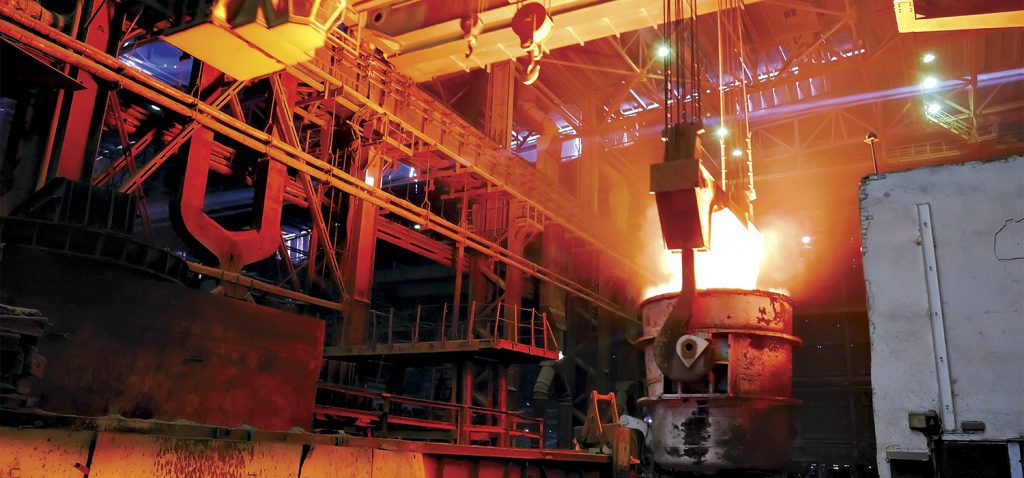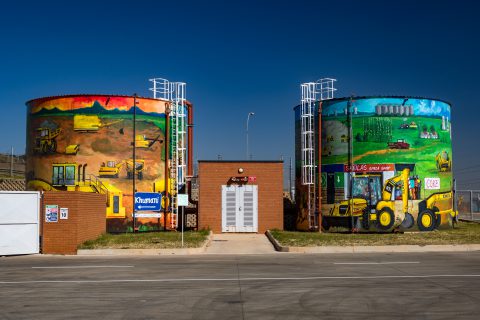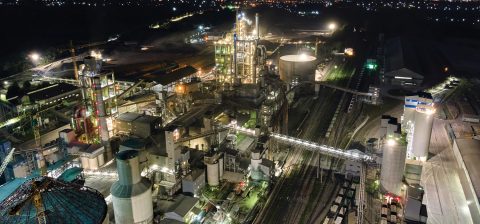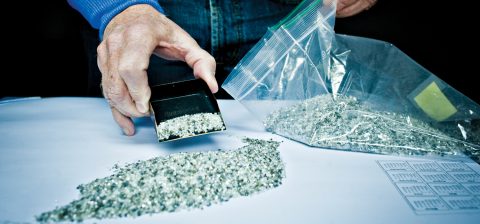Infrastructure
Under Pressure
Valued at an estimated R17-billion in 2018, the stainless steel industry continues to play a vital role in both job creation and in driving gross domestic product. Infrastructure recently caught up with Southern Africa Stainless Steel Development Association (SASSDA) director John Tarboton to chat about minerals beneficiation and the role of stainless steel in the country.
How important is beneficiation to the South African economy, particularly stainless steel?
All stainless steels contain chromium and iron and most stainless steels also contain nickel. In South Africa, most stainless steels are made from virgin raw materials that are mined and from steel scrap. If we look at chromium beneficiation, chromite ore is mined and smelted to ferrochrome. Over 80% of global chromium consumption is used in stainless steel production. As one moves down the chromium value chain (chromite-ferrochromium-stainless steel primary products-stainless steel finished products) more value is added and jobs created. In 2018, 465 236 tonnes of stainless steel flat products were produced and based on published global prices, would be worth about R17bn. Of the 465 236 tonnes produced, 156 103 tonnes were consumed in South Africa to produce stainless steel finished products, with net exports of primary products being 309 133 tonnes. This value chain creates around 40 000 direct jobs.
How will increased minerals beneficiation impact the economy?
The value and jobs in the total beneficiation value chain increase as we move down the value chain and are additive. Exporting at the beginning of the value chain is effectively exporting jobs.
Which are the areas of quick wins in minerals beneficiation from which South Africa can benefit in the short and medium terms?
In general, stainless steel consumption per capita is directly proportional to GDP per capita. So ultimately we need to grow the economy. However, water and sanitation infrastructure would be one – water purification and sewage plants, and also water pipelines, particularly service pipes. Another would be electricity pylons in areas near the coast where corrosive conditions cause problems with steel pylons.
Government has for some time been talking of beneficiation – what is the policy stance and is it successful in translating to action?
From a stainless steel point of view, we are identifying stainless steel products where it is possible to increase the import tariffs by increasing the applied rate. We have been discussing that with the Department of Trade and Industry (dti). We are looking at the 20-year trade stats of various stainless steel products in order to try to protect the downstream stainless steel industry. The dti has already designated all products fabricated from stainless steel. This means that government procurement must be local where the capability and capacity exist. The dti regularly contacts SASSDA for consideration on exemption requests from government procurement to this designation. We then advise the dti whether local procurement is possible or not. So this process is working well.
What are key challenges that industry faces in taking up the minerals beneficiation baton?
Our members complain of unfair competition from China. There are many cases where the finished product is being supplied at a lower cost from China than the primary stainless steel products can be sourced to make the product. However, this is not a problem unique to South Africa.
What are some of the success stories?
A huge success story for South Africa was the invention of 3CR12 by Columbus Stainless in 1977. This product is now widely used around the world and has successfully created new applications for stainless steel in many applications such as coal wagons, buses, electrification masts, mining-wear plates and infrastructure, water tanks, reinforcing bar, etc.
Which countries are successful at beneficiating and what lessons can South Africa learn from them?
China is very successful at beneficiating stainless steel. They now produce over half of the world’s stainless steel. The strategy is to produce stainless steel primary products at the lowest possible cost to ensure that the finished stainless steel products can be produced at very low cost. Although the stainless steel primary product costs have been lowered in China by technology, there are also allegations of subsidies to the stainless steel industry that unfairly tilt the playing fields in their favour.
How is the local sector performing?
In the past few years, the stainless steel industry has been struggling and continues to do so. There are pockets of excellence where companies producing for the export market are growing rapidly and doing extremely well. However, for the majority of our members, this is not the case. We need a revival of the economy.







 Sign-up and receive the Business Media MAGS newsletter OR SA Mining newsletter straight to your inbox.
Sign-up and receive the Business Media MAGS newsletter OR SA Mining newsletter straight to your inbox.